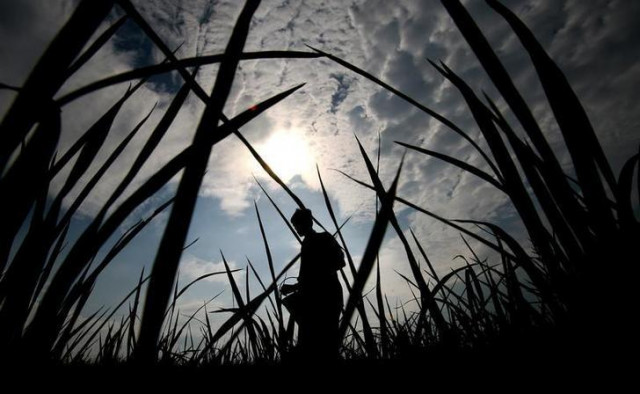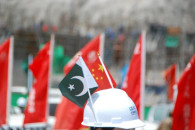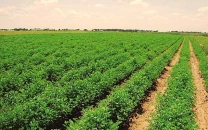Urea sales decline 35% in September
Fall comes due to seasonality factor, price hike

PHOTO: REUTERS
Sales of urea had been recorded at 625,000 tons in August 2019, according to the latest data released by National Fertiliser Development Corporation (NFDC).
In July, the government increased gas prices for the fertiliser sector but the manufacturers did not pass the impact on to consumers awaiting exemption from GIDC payments. In addition to being a fuel, gas is also utilised as raw material in fertiliser production, therefore, the companies believed that they would be able to adjust prices following the exemption.
“The other reason behind the decline in fertiliser offtake is the transition from Kharif to Rabi sowing season. The gap between the two seasons causes a decline in fertiliser consumption temporarily,” said Taurus Securities’ analyst Syed Mustafa Zamin.
“The preceding month had recorded extraordinary growth, which was why the September numbers look drastically down, otherwise they were normal.”
On a year-on-year basis, urea sales for September 2019 fell only 16% against 482,000 tons in September 2018.
“The yearly decline is attributable to lower volumes on the back of increase in urea prices (20%), which dragged down fertiliser sales as a whole,” said a Taurus Securities’ report.
On the other hand, di-ammonium phosphate (DAP) offtake grew 99% in September 2019 to 210,000 tons against 105,000 tons in August 2019.
“The reason behind this twofold growth is that farmers have started purchasing plant nutrients for the Rabi sowing season. The season begins from mid-October,” said Zamin.
Published in The Express Tribune, October 30th, 2019.
Like Business on Facebook, follow @TribuneBiz on Twitter to stay informed and join in the conversation.

















COMMENTS
Comments are moderated and generally will be posted if they are on-topic and not abusive.
For more information, please see our Comments FAQ